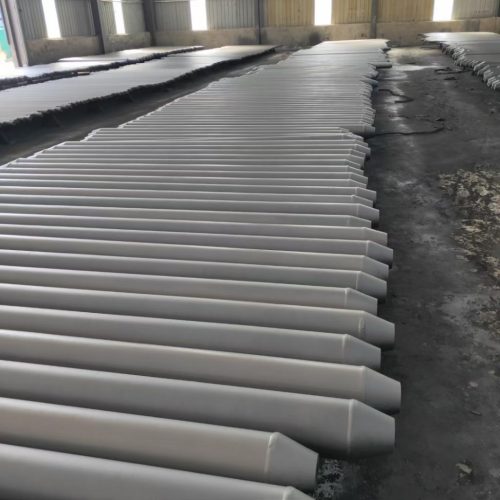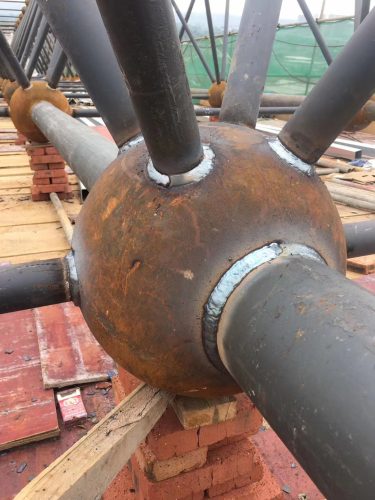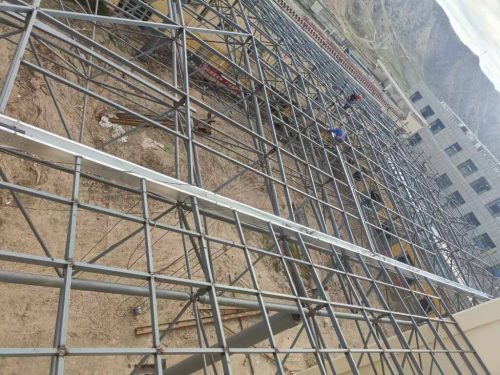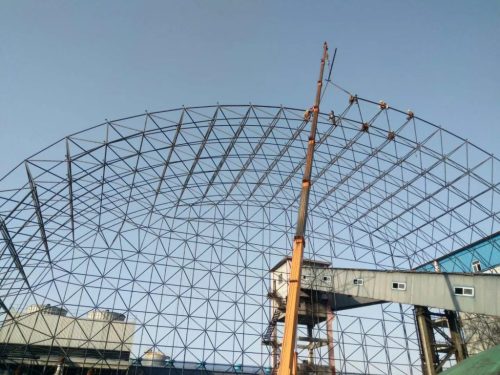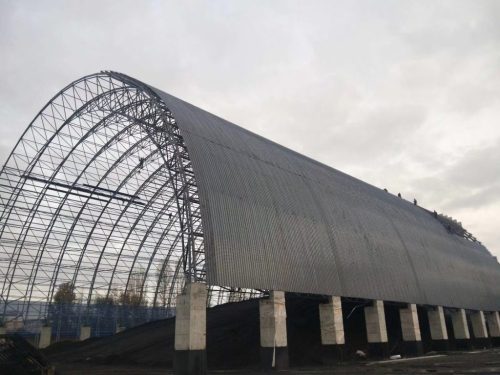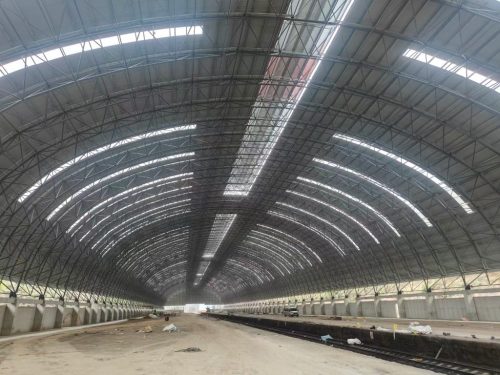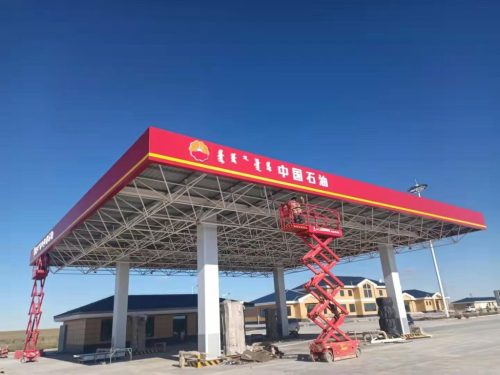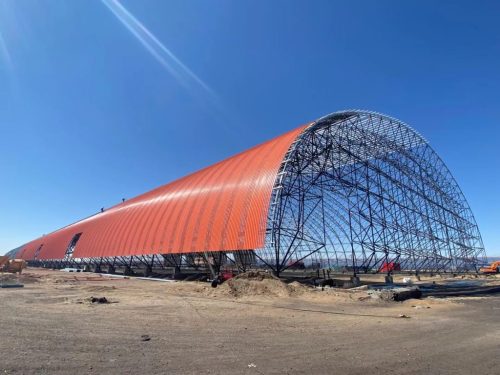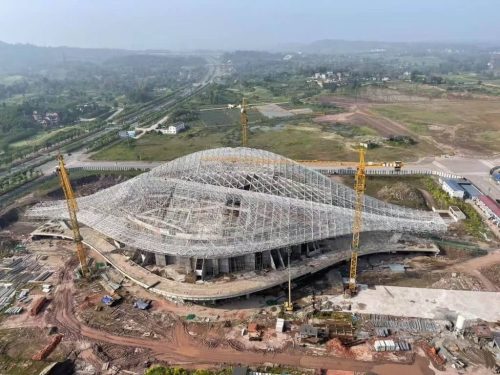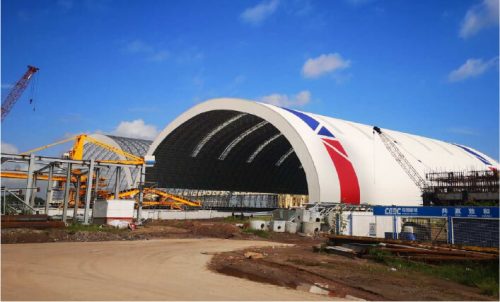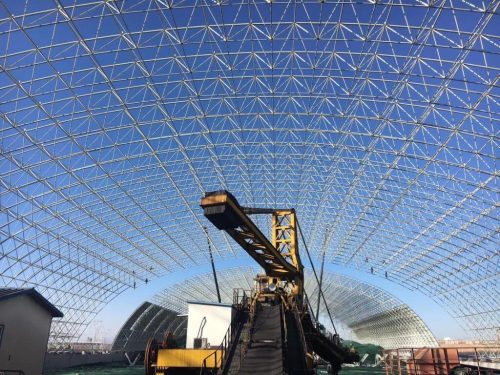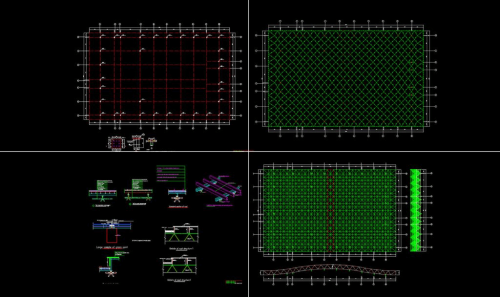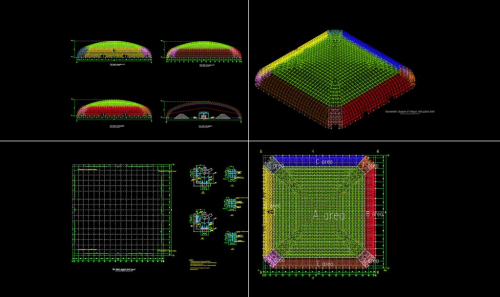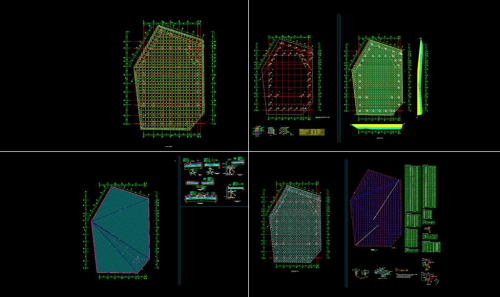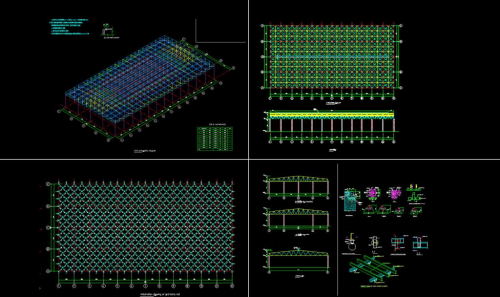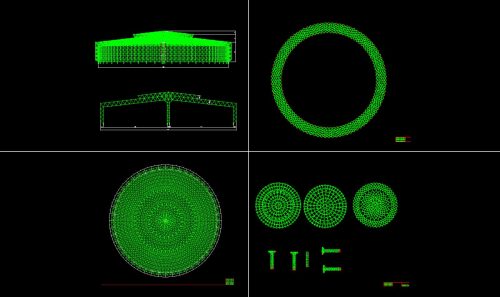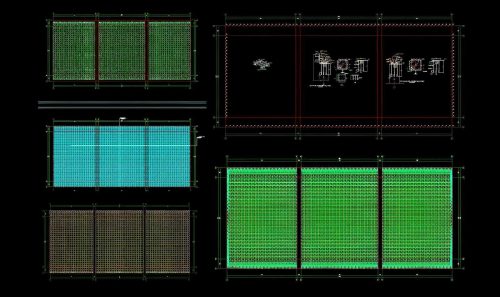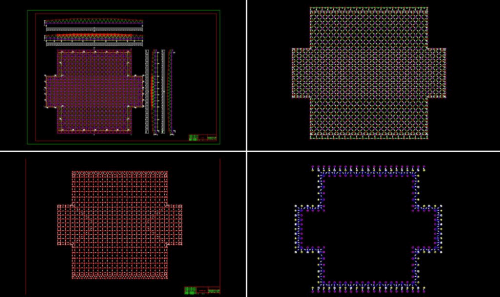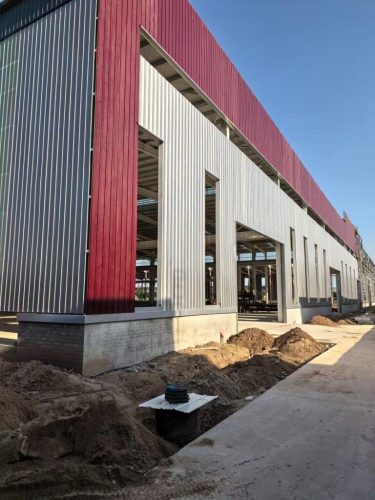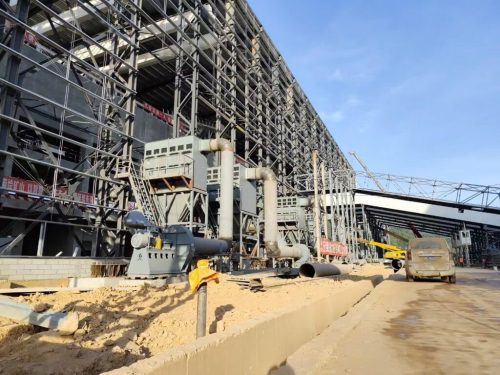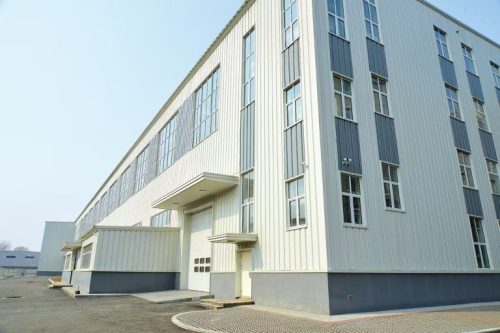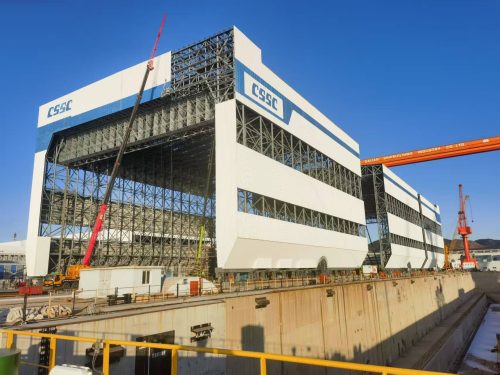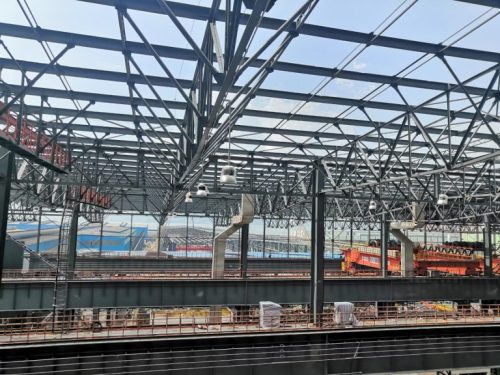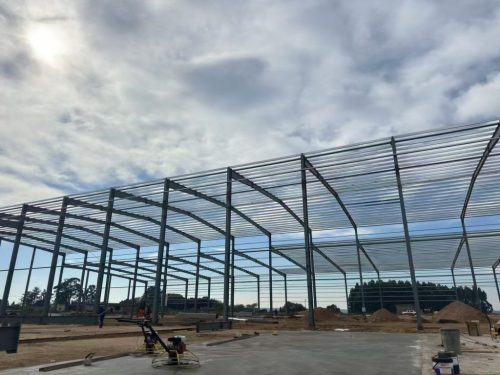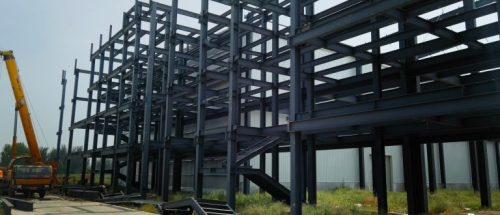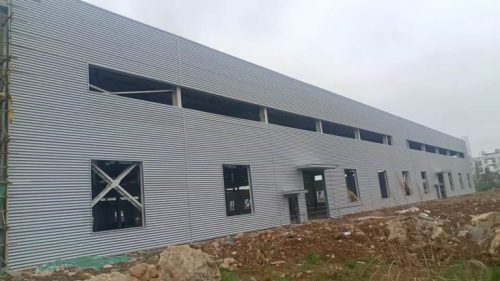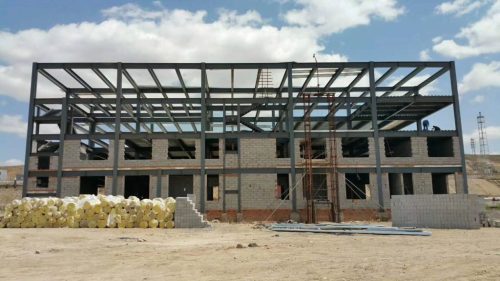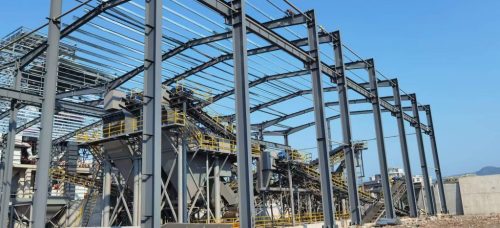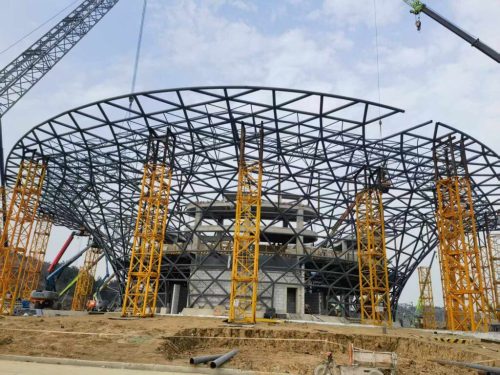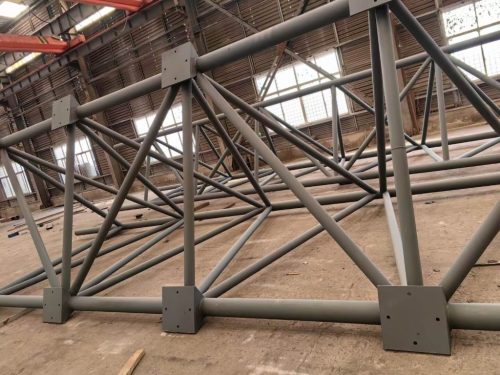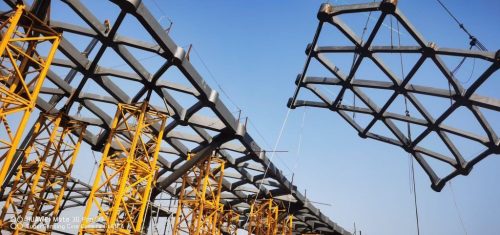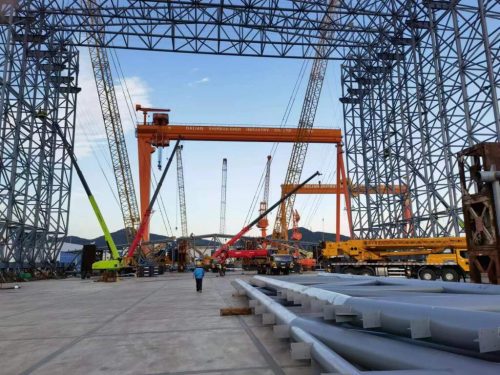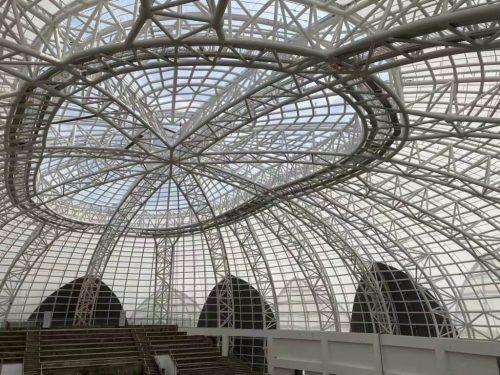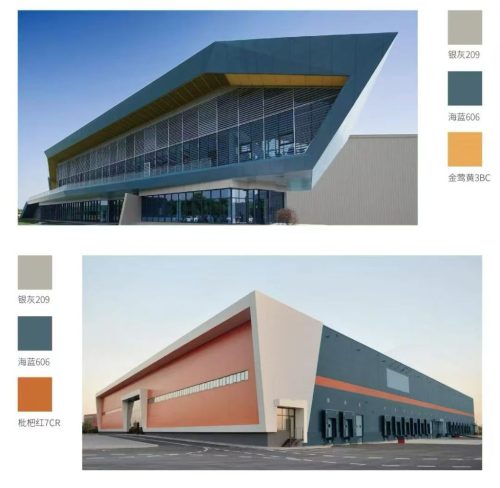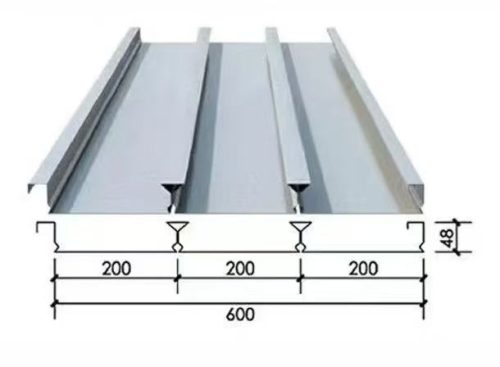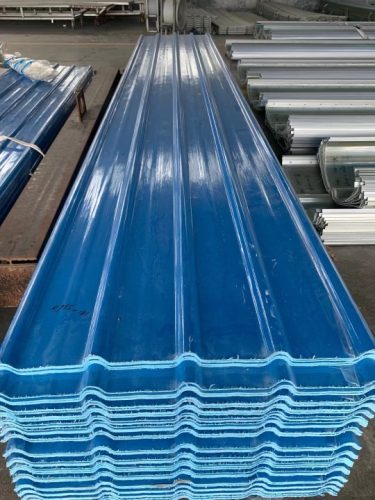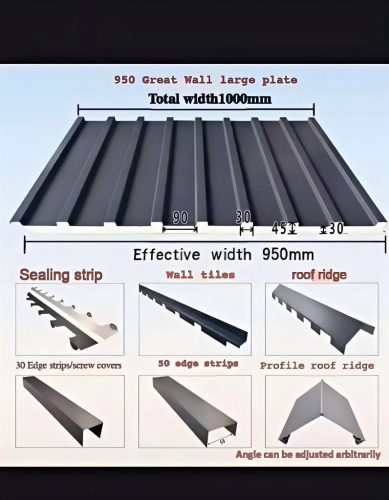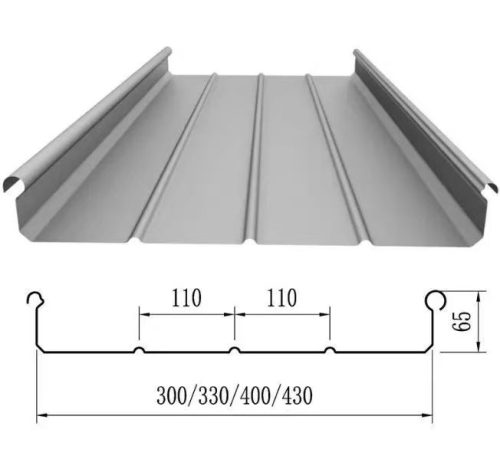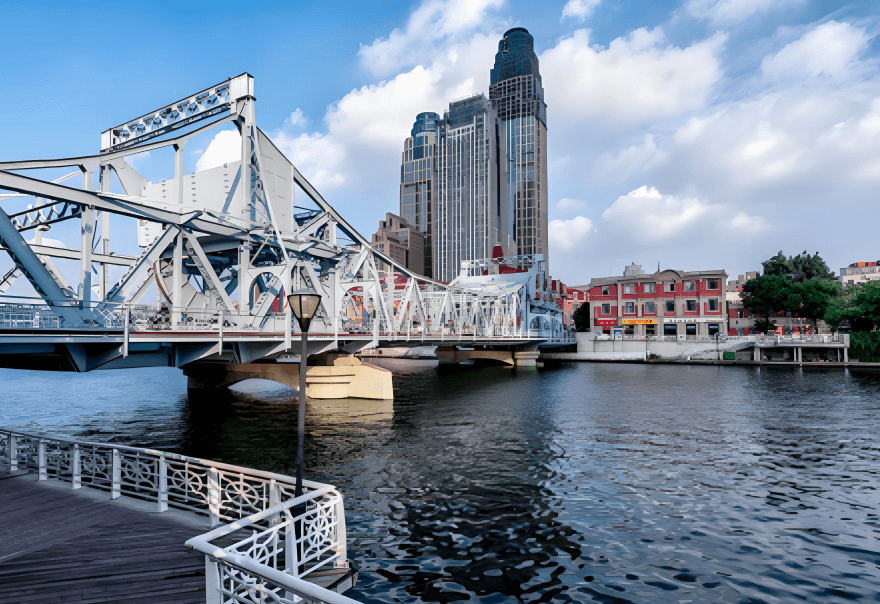Design of Steel Space Frame Structures for Modern Transportation Hubs
The design of steel space frame structures has gained significant importance in modern transportation hubs, such as high-speed rail stations, subway stations, and bus terminals. These hubs play a crucial role in facilitating the smooth flow of people and goods, and their architectural design must accommodate not only functionality but also aesthetics, durability, and sustainability. Steel space frames, due to their inherent strength, flexibility, and cost-effectiveness, have become an ideal solution for the roofs and canopies of these transportation structures.
In this article, we will explore the advantages of using steel space frames in the design of transportation hubs, the critical design considerations, and best practices for implementation.
1. Advantages of Steel Space Frames in Transportation Hubs
Steel space frames offer several key advantages that make them an optimal choice for modern transportation hubs:
a. Large Span and Open Spaces
Transportation hubs, especially high-speed rail stations and bus terminals, require large, open spaces for the easy movement of passengers. Traditional roofing systems may need additional support columns or beams, which can obstruct these wide-open areas. Steel space frames, on the other hand, provide an efficient solution by allowing for vast spans without the need for intermediate support columns. This feature is particularly valuable in spaces where unobstructed flow of passengers is critical.
The triangular or grid-like geometry of space frames distributes loads evenly across the structure, allowing for longer spans with minimal support. This ensures that even large areas, such as waiting rooms, platforms, and concourses, remain open and free of structural impediments.
b. Lightweight Yet Strong
While steel is a strong material, steel space frames are relatively lightweight, which reduces the overall load on the foundation of the structure. This is particularly important in transportation hubs where the structure must support not only the weight of the roof but also the dynamic loads created by passenger movement, wind, and even seismic activity. The lightweight nature of space frames reduces material usage, leading to more efficient designs and lower construction costs.
c. Aesthetic Flexibility
Modern transportation hubs are often designed to make a statement and enhance the passenger experience. Steel space frames allow architects to explore creative and visually appealing designs. The intricate web of steel elements in the frame can be used to create modern, dynamic, and even iconic structures. Additionally, the ability to incorporate large glass panels and transparent materials within the frame makes it possible to create airy, well-lit spaces that are welcoming and comfortable for passengers.
d. Durability and Maintenance
Steel is resistant to corrosion, especially when coated or treated appropriately, making it an ideal material for transportation hubs that are exposed to the elements. These hubs, particularly bus stations and rail terminals, are often located in areas with high traffic, varying weather conditions, and heavy use. Steel space frames, with their longevity and minimal maintenance requirements, offer a cost-effective solution for the long-term durability of transportation infrastructure.
2. Design Considerations for Steel Space Frame Structures
When designing steel space frame structures for transportation hubs, several important factors need to be considered to ensure both functionality and safety:
a. Load Distribution
Space frames are designed to distribute loads evenly across the structure. For transportation hubs, this is essential because the structure must support not only the weight of the roof but also dynamic loads such as passenger movement, vehicles (for bus terminals), and even potential snow or wind loads. Proper analysis and design are required to ensure that the space frame can handle these loads without compromising stability.
The triangular or lattice-like geometry of a space frame is particularly useful for evenly distributing weight, making it highly effective for large, open roofs that need to bear substantial loads.
b. Aerodynamics and Wind Resistance
Transportation hubs, especially those exposed to outdoor environments such as high-speed rail stations, must be designed with wind resistance in mind. High-speed trains generate significant air pressure, and bus hubs can experience high winds due to the movement of vehicles. The design of the space frame should account for these aerodynamic forces and ensure the structure can withstand wind-induced pressure without deforming.
Space frames are inherently strong against lateral forces, and their open structure allows wind to flow through the framework, reducing wind resistance. However, careful consideration must be given to the framing's layout and the materials used to ensure optimal wind performance.
c. Weather Protection
Transportation hubs are often subject to harsh weather conditions, from heavy rain and snow to extreme temperatures. Steel space frames offer excellent resistance to corrosion, but additional coatings or treatments may be necessary for structures exposed to constant weathering. Additionally, the design of the roof or canopy should consider thermal insulation to prevent overheating during summer and to provide adequate protection against cold winds during winter.
Incorporating sustainable and energy-efficient solutions, such as solar panels or green roofs, within the space frame design can further improve the environmental performance of transportation hubs.
d. Integration of Services
Modern transportation hubs often integrate a wide range of services such as lighting, ventilation systems, signage, and sometimes even digital displays or public art installations. The design of the steel space frame must allow for seamless integration of these systems. For instance, conduits for wiring, air ducts, and ventilation systems can be integrated within the structure, ensuring that these elements do not interfere with the space or aesthetics of the hub.
The modular nature of steel space frames makes it easier to incorporate these elements while maintaining the structure’s integrity and functionality.
3. Applications of Steel Space Frames in Transportation Hubs
a. High-Speed Rail Stations
High-speed rail stations require expansive, column-free spaces to accommodate large numbers of passengers and the fast movement of trains. The roof and canopy of these stations are often designed to be large and open, with long spans that require minimal internal support. Steel space frames provide an ideal solution for these needs, as they can support such wide spans and allow for clear sightlines, enabling passengers to easily navigate the station.
The roof design can also integrate glass panels or skylights, which let in natural light and create a more pleasant environment for travelers. The aerodynamic properties of steel space frames can also be optimized to reduce wind resistance for high-speed trains entering and exiting the station.
b. Subway Stations
Subway stations often face space constraints and must make efficient use of available land. The use of steel space frames allows for flexible, open interior spaces while minimizing the need for support columns. This is particularly valuable in areas where the station is built underground or in densely populated urban environments.
The modular nature of space frames also makes it easier to expand subway stations in the future, allowing for seamless integration of additional platforms or facilities as passenger demands increase.
c. Bus Hubs
Bus hubs are often located in busy urban areas and must provide shelter for large numbers of passengers while ensuring efficient passenger flow. Steel space frames are well-suited for bus terminals because of their ability to create large, open canopies that protect passengers from the weather. These structures also need to handle the dynamic loads caused by buses pulling in and out of the station.
By utilizing space frames, bus hubs can create modern, visually appealing designs that complement the surrounding urban environment while offering a high level of durability and low maintenance.
4. Best Practices for Designing Steel Space Frames for Transportation Hubs
Collaboration with Engineers and Architects: Successful steel space frame design requires collaboration between structural engineers, architects, and construction teams. This ensures that the aesthetic goals align with the structural requirements, leading to a functional yet visually appealing result
Use of Sustainable Materials: As environmental sustainability becomes a priority, using recycled steel or incorporating green technologies (such as solar panels) into the space frame design can reduce the carbon footprint of the transportation hub.
Modular Design: Designing the space frame structure with modular components can simplify construction and allow for future expansion or modifications. This is particularly important for growing transportation networks.
Safety Considerations: Ensure that the design adheres to local building codes and safety regulations, particularly when it comes to the structural integrity of the space frame in the face of seismic or wind loads.
Conclusion
Steel space frame structures are a versatile, durable, and aesthetic solution for the roofs and canopies of modern transportation hubs. By offering large spans, lightweight strength, and flexibility, they can accommodate the complex requirements of high-speed rail stations, subway stations, and bus terminals. With careful consideration of design factors such as load distribution, wind resistance, and integration of services, steel space frames can help create efficient, safe, and visually striking transportation hubs that meet the needs of both passengers and operators.



